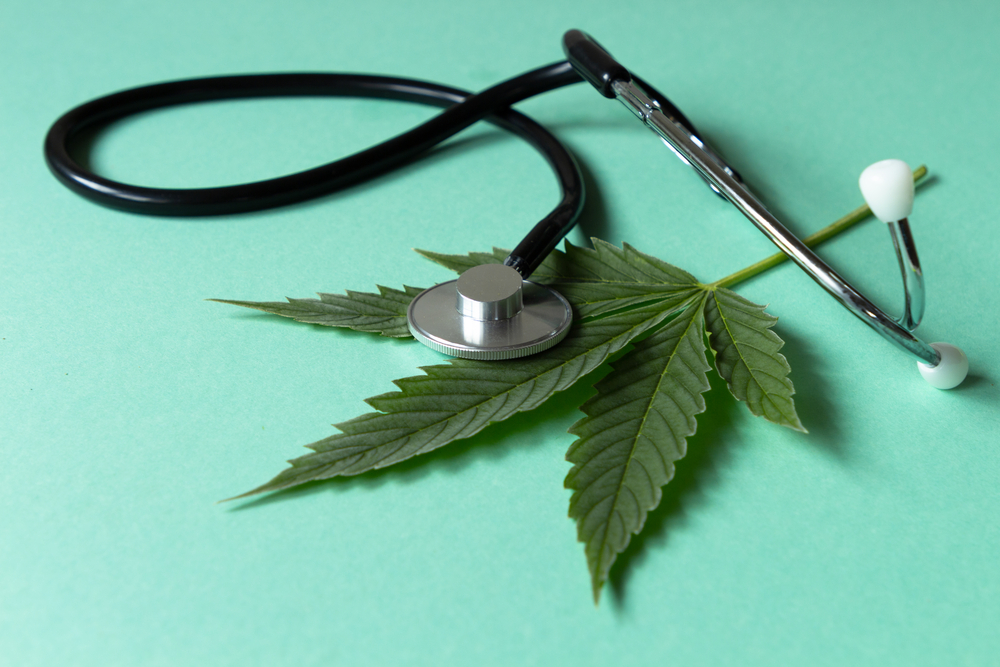It wasn’t long ago that the discussions on marijuana use led to divisive and intense debates in the U.S. Although times are changing, and rapidly at that. When California legalized medicinal marijuana in 1996, there was no thought of recreational use. It took 7,308 days for marijuana to see recreational legalization, literal decades.
In contrast, when Massachusetts legalized medicinal marijuana in 2012, it took 1,464 days for recreational marijuana to be legalized. This is a fifth of the time it took in California. Clearly public perception is changing rapidly even within states’ own borders. The effect is clear. Today 37 states have legalized medicinal marijuana and 21 recreational (including the District of Columbia).
This quicker acceptance of recreational marijuana is reflected in national statistics as well. 90% of Americans today support the use of medicinal marijuana. 60% of Americans support the use of recreational marijuana on top of that. Other related products, most prominently CBD, have already seen nationwide legalization. This only cements the spot of cannabis related products in the market.
Although not all parts of America today are accepting marijuana with open arms. Nebraska and Idaho, for example, have no legal form of cannabis whatsoever. Most states will allow CBD with some caveats, a common example being a THC percentage limit. Although the states listed above allow no cannabis products whatsoever. Yet still the trend cannot be denied. Research predicts that by 2030 seven more states will have recreational marijuana legalized.
Another major step in the future of marijuana in the U.S was President Joe Biden’s executive order. President Biden issued an order that pardoned all non-violent marijuana possession. Effectively freeing millions of people in prison and setting a standard for future regulations on marijuana.
Other steps forward on the path to legalization are federal bills being introduced and changes to regulatory acts. While most of the work is being done on the state and local levels, there are efforts being made nationally. This is all to say that the future of marijuana in the U.S is bright. There’s no guarantee this is a positive change, but it is an undeniable one. At the very least legalization brings hope of regulation. Safe regulated marijuana is better than the laced illegal alternatives that currently exist.










